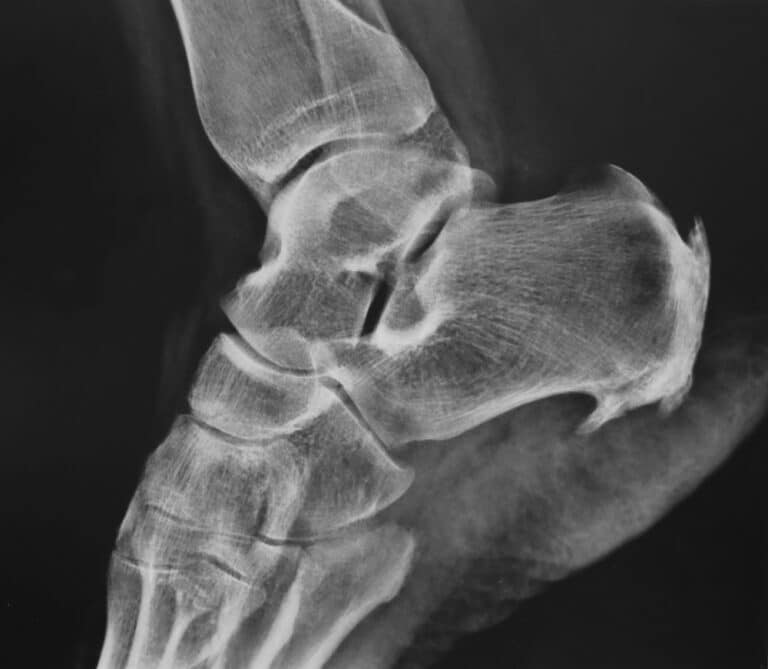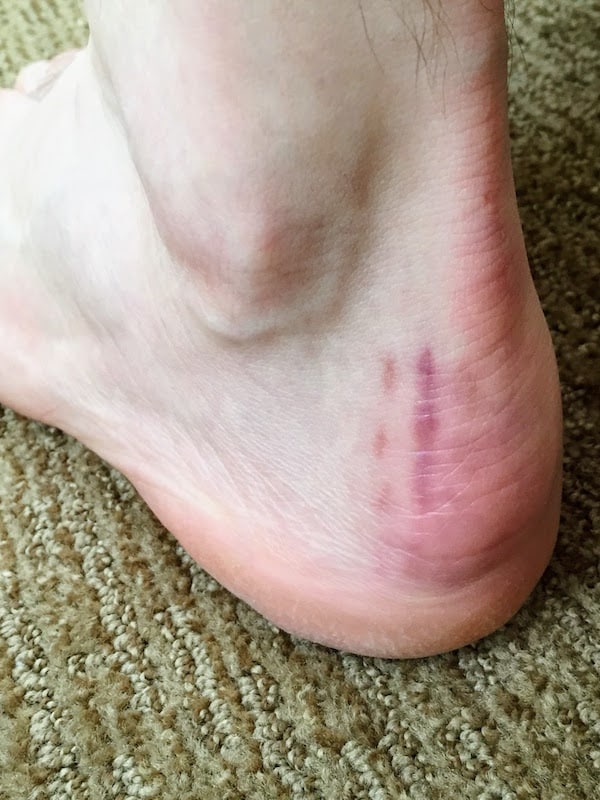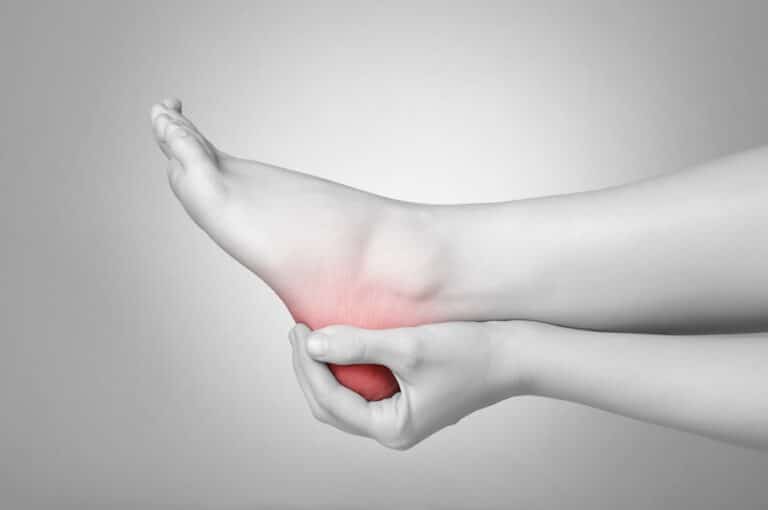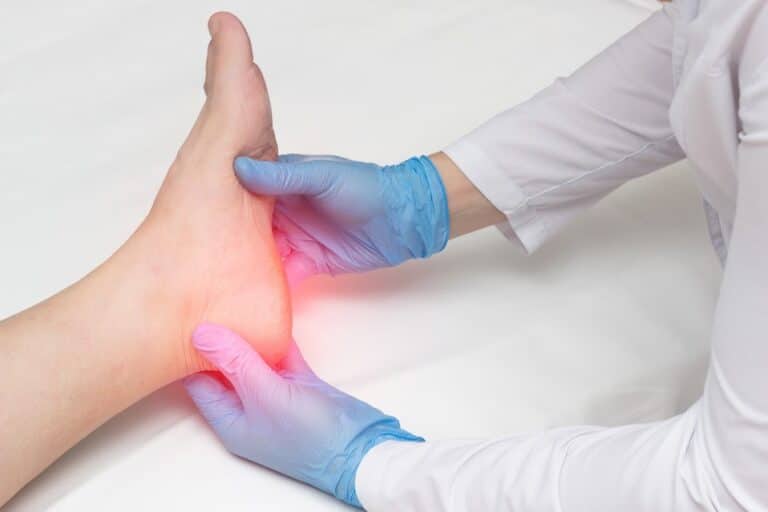Although they may seem like minor issues, when left untreated, foot corns can cause complications and prevent you from leading an active life. That is why it’s important to recognize foot corn symptoms on time – and learn the most effective ways of foot corn removal. If you suspect you have formed foot corn, compare your condition with the usual symptoms, and learn how to treat it properly.
What Are the Main Foot Corn Symptoms?
Foot corns occur in the form of round and small areas of hardened skin layers. They represent a body’s response to pressure and friction the skin on your foot endures. A hardened bump on your foot with a rough and thickened, yellowing patch of skin is the most common symptom of foot corn, which can be accompanied by pain or tenderness on the spot where the corn has formed, as well as unnaturally dry and flaky skin.
There are several different types of foot corn, such as:
- Hard corns – can be found on the top of your toes, where the bones exert pressure on the skin or at the outer side of the pinky toe.
- Soft corns – they usually form between the toes and have a softer texture,
- Seed corns – small areas of thickened skin formed on the bottom of your feet.
How to Make a Difference Between Corns and Calluses?
Foot calluses are often mistaken for foot corns – and vice versa. However, keep in mind that these two conditions are not the same. While they both represent hardened skin, corns are typically deeper than calluses and form a small patch or bump of rough skin. Calluses, on the other hand, occur in much larger areas and in different places than corns. They are most likely to be formed on the soles of the feet.
How to Treat a Corn on the Foot?
The first thing you need to do when you discover you have foot corns is to get rid of ill-fitting shoes. After that, you can try several different methods of dealing with this condition. For example, try soaking your feet in warm water mixed with Epsom salts, after which you should moisturize the hardened area with a hydrating lotion. However, note that you’ll need to repeat this process regularly – until the corn softens. Once it does, use a pumice stone to rub the corn gently. It should also be done daily until the condition disappears completely, which can take a couple of weeks.
You can also try using corn pads after soaking your foot as previously described and moisturizing it with castor oil. Corn pads should remove the pressure from the area where the corn has formed – and help with the healing. For a faster healing process, buying a corn pad with salicylic acid can be a good solution.

When Should You See a Doctor?
Although most corns can be treated without surgery, there are cases where surgical intervention is needed. For example, medical assistance is needed when there are other foot conditions that cause the corn issue to reappear. On the other hand, keep in mind that having a corn can also be very painful and interfere with a person’s daily activities, which is why some people seek corn removal surgery clinics. The last reason concerns foot aesthetics – some people decide to undergo surgery to make their feet more visually appealing.
At the same time, if you have a foot corn and notice it has become infected, make sure to contact a medical expert as soon as possible. Note that people with circulatory issues, heart conditions, and diabetes are more likely to develop a corn infection.
Schedule a Consultation With Your Surgeon in Miami
If you’re interested in deep corn removal surgery that can allow you to walk and exercise more comfortably and make your feet look beautiful again, don’t hesitate to seek the help of experts in this field. We at Luxe Foot Surgery are here to answer all your questions and dilemmas and go through all parts of the procedure and recovery process with you. Feel free to contact us online or over the phone, and book your free consultation.
FAQ
What Happens if Corns Go Untreated?
If you fail to treat corn condition (or treat it unsuccessfully), they can grow or even become infected. It will cause pain and discomfort and will most likely demand medical assistance.
Can a Foot Corn Be Painful?
Corns can be painful, especially when left untreated. Note that foot corns have knobby cores that place pressure on the nerve, which can result in sharp pain.
Can You Pull a Corn Out?
Corns can’t be pulled out, but they can be treated with mechanical force if you decide to use tools such as a pumice stone.
Will Corns Go Away Naturally?
Some corns can go away after you start wearing more fitting shoes, but they can also disappear with the help of some non-surgical treatments. However, whether they will be successful depends on your specific situation.
References
- National Library of Medicine. (n.d.). Corns: What can you do if you have a corn? [Online]. Retrieved from https://www.ncbi.nlm.nih.gov/books/NBK541157/
- National Health Service. (n.d.). Corns and calluses. [Online]. Retrieved from https://www.nhs.uk/conditions/corns-and-calluses/
- Cleveland Clinic. (n.d.). Corns and calluses. [Online]. Retrieved from https://my.clevelandclinic.org/health/diseases/16896-corns-and-calluses
- Healthline. (n.d.). Treating and Preventing Foot Corns. [Online]. Retrieved from https://www.healthline.com/health/foot-corn
- Mayo Clinic. (n.d.). Corns and Calluses. [Online]. Retrieved from https://www.mayoclinic.org/diseases-conditions/corns-and-calluses/symptoms-causes/syc-20355946




